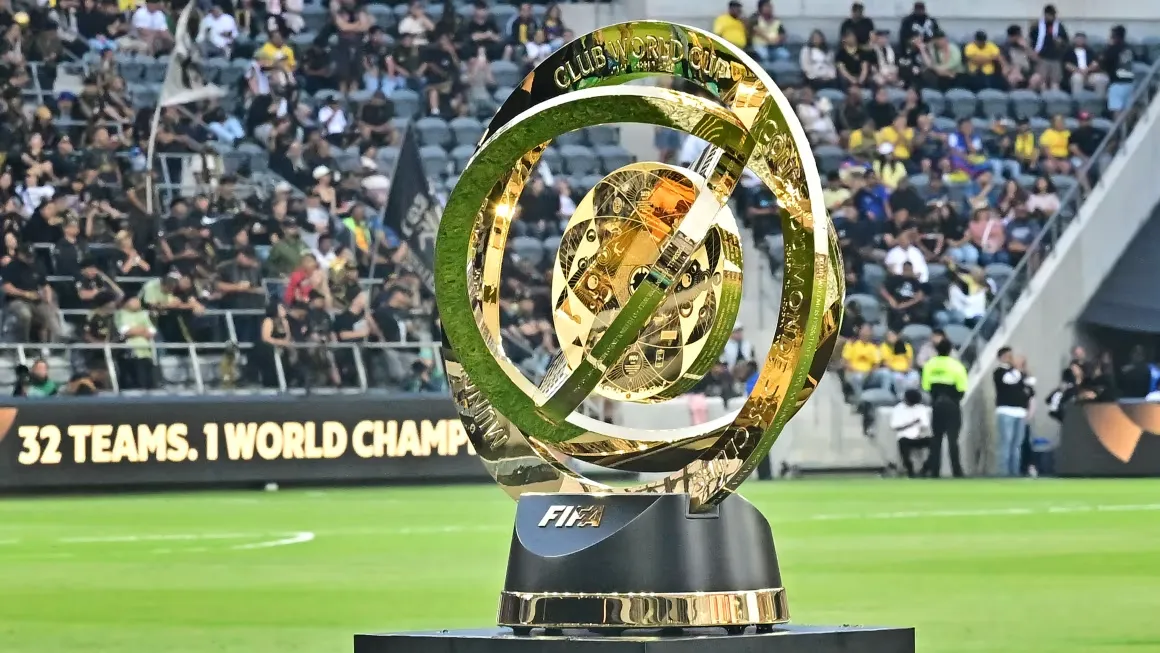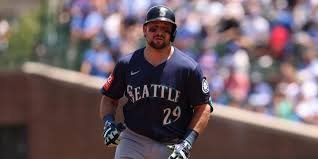Sport
FIFA Club World Cup: Essential Insights as the Game-Changing Soccer Tournament of the Century Begins
When the whistle blows to kick off the center circle at Miami’s Hard Rock Stadium, the United States will etch its name in history as the inaugural host of the most significant soccer tournament of the century.
Set to unfold from June 14 to July 13, the 2025 FIFA Club World Cup marks FIFA’s most daring initiative in recent years. For the first time, 32 teams will compete every four years in a structure reminiscent of the one used by national teams from 1998 to 2022: eight groups of four, with the top two from each group moving on to the round of 16, followed by knockout rounds.
From a sporting perspective, the event holds immense promise. It will showcase 12 European powerhouses: Spain’s Real Madrid and Atlético Madrid, Italy’s Inter Milan and Juventus, England’s Manchester City and Chelsea, France’s recent Champions League victor Paris Saint-Germain, and Germany’s Bayern Munich. Additionally, there will be 10 clubs from the Americas, including Boca Juniors, Flamengo, River Plate, Palmeiras, Botafogo, Pachuca, and Lionel Messi’s Inter Miami. The lineup is completed by four teams from Asia, four from Africa, and one amateur team from Oceania.
Yet, this ambitious endeavor raises several pertinent questions that merit closer examination.
Assured millions, concerns regarding stadium turnout
FIFA, the governing body of world soccer, asserts that the tournament is poised for remarkable financial success, as outlined in its latest financial report from April. The document predicts the event could contribute up to $21.1 billion to the global GDP, with a remarkable $9.6 billion coming from the United States alone. The tournament is also set to distribute a lucrative total of $1 billion in prize money, with the champion potentially earning up to $125 million. For numerous participating clubs lacking the financial clout of their counterparts in wealthier nations, this competition represents a vital opportunity to enhance their financial resources.
Broadcasting rights have been awarded to sports network DAZN, which intends to stream all 63 matches at no cost. According to information released by AFP in December 2024, FIFA received approximately $1.05 billion in exchange. FIFA estimates that total stadium attendance could reach around 3.7 million fans from across the globe. However, just days before the tournament kicks off, Ticketmaster—the official ticket sales platform—revealed availability for all matches. In fact, initial ticket prices have significantly decreased.
For instance, prior to the event, the lowest-priced tickets for the inaugural match featuring Inter Miami and Egypt’s Al Ahly were around $69, significantly less than the initial asking price. In the matchup between Champions League champions Paris Saint-Germain and Atlético Madrid in Los Angeles, the cheapest ticket went for $61, while Real Madrid’s first game in Miami against Saudi Arabia’s Al Hilal began at $265. Additionally, a ticket for Boca Juniors’ opening match in Miami against Benfica could be found for as low as $41.
Considering the amount of tickets still available just days before the tournament and the flexible pricing model used in the US that fluctuates with demand, it seems plausible that those who postpone purchasing tickets may find even better deals. It appears at first glance that the steep initial prices may have deterred some fans.
Moreover, in contrast to a conventional World Cup where each squad symbolizes an entire nation, the teams in this tournament represent only a specific demographic. Many individuals within that demographic might lack the financial means or leisure time to attend the event.
Latin American squads striving for the extraordinary
The qualification structure of the tournament has permitted some of the globe’s elite teams to take part. The Club World Cup presents a distinctive opportunity for many of the world’s finest players to compete against one another once more. For instance, we will witness Messi once again going head-to-head with a top European side like Porto, Edinson Cavani battling a team such as Bayern Munich, or Venezuelan Salomón Rondón seeking to settle an old score from his time in Spain by finally netting a goal against Real Madrid.
The former Intercontinental Cup, which matched the Champions League victor against the Copa Libertadores champion, always generated more excitement among South Americans than Europeans. For fans south of the equator, it was a win-or-lose matchup where David had a shot at defeating Goliath. The new format makes this achievement even more challenging. To claim the title of world champions, Latin American teams will likely need to overcome not just one, but several Goliaths.Furthermore, the disparity in squad valuations between European teams and their counterparts elsewhere indicates that the tournament is likely to be led by clubs from Europe. For instance, as reported by Transfermarkt.com, PSG boasts a squad valued at slightly over $1 billion, whereas Brazil’s Botafogo, the most recent Copa Libertadores champion, is valued at merely $183 million. Real Madrid holds the title for the most valuable squad in the tournament at $1.5 billion, with Palmeiras being the highest-valued team from Latin America at $288 million.
Though success in soccer isn’t solely determined by finances or executive decisions, European clubs possess a distinct competitive edge, particularly since many top players from Latin America tend to depart from their home teams after only a few years or, in some instances, after a limited number of matches. A prime example is River Plate’s emerging talent Franco Mastantuono, who was signed by Los Merengues after just 49 appearances for the Buenos Aires team. This tournament will serve as his final showcase before heading to Spain.
“This is the inaugural cup played in this format. I believe it will contribute to leveling the playing field, and I’m sure all clubs will be pleased,” remarked former fullback and current Inter Milan executive Javier Zanetti following the tournament draw in December.
Player fatigue
Another obstacle is the congested match schedule, which, in many ways, puts pressure on players from the most prominent clubs. For instance, Bradley Barcola accumulated the highest playing time for PSG, totaling 3,643 minutes over 58 matches. On average, European teams that competed in the Champions League, such as Real Madrid and Manchester City, participated in about 50 fixtures throughout the year across league matches, domestic cups, and European tournaments, not including the 10–12 extra games that numerous stars played for their national teams.
“I would have loved to participate in a tournament like this … although I’m sure it would have cut into my vacation days,” joked the iconic Brazilian striker Ronaldo Nazário during the tournament draw in December 2024. “I believe we all need to come together and discuss a resolution for the calendar. Many players are voicing their concerns, injuries are prevalent, and the demands are exceedingly high. It’s vital that we respect and heed the players’ concerns,” the former Real Madrid star continued.
In this context, the only action FIFA appears to have implemented to lessen the number of games is the elimination of the third-place match. In a conversation with CNN Sports in April, FIFA President Gianni Infantino stated: “We are being very cautious about the calendar and the health of the players. Our goal is to ensure that players are in optimal condition to deliver their best performances … and that’s what many players express to me as well; they prefer to play rather than just train, correct?”












